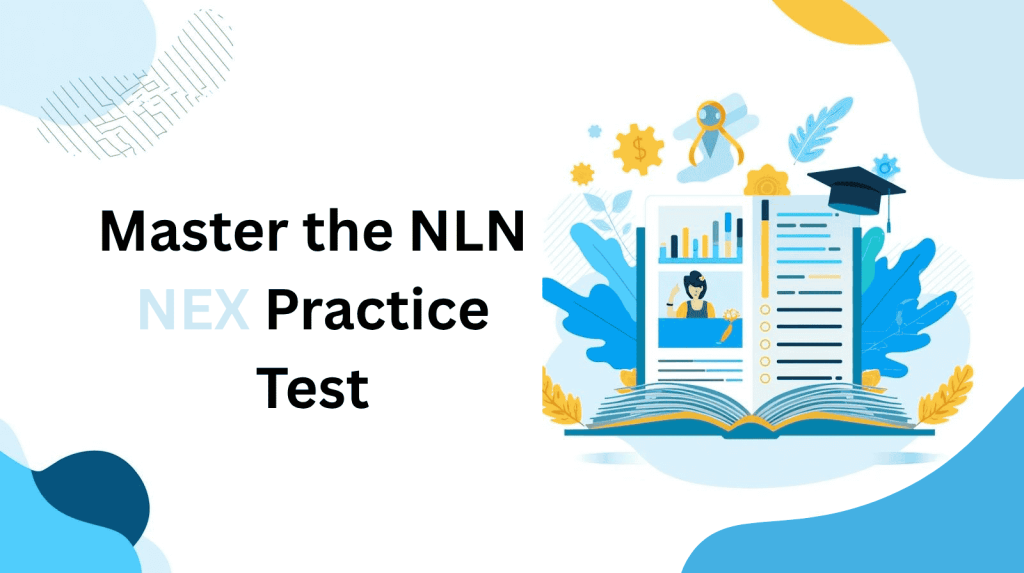
Securing a position in a competitive nursing program requires demonstrating exceptional academic readiness, and the NLN Nursing Entrance Examination stands as a critical gatekeeper. While content knowledge is fundamental, truly excelling demands a sophisticated approach to preparation that transcends simple review. The most powerful tool at a candidate’s disposal is a strategic NLN NEX practice test, utilized not merely as an assessment but as a dynamic diagnostic instrument. Mastering the art of practice testing can transform your preparation from passive studying into an active, high-yield learning process that builds both competence and confidence.
Employ Diagnostic Analysis for Targeted Improvement
The initial value of any NLN NEX practice test lies not in the score itself, but in the post-test analysis. A superficial review of correct and incorrect answers is insufficient. Instead, candidates should conduct a deep-diagnostic breakdown, categorizing errors by type: conceptual misunderstanding, careless calculation, misreading the question, or time pressure. This process reveals not just what questions were missed, but why, allowing for a highly targeted study plan that focuses energy on the most significant areas for improvement. For those beginning their journey, a comprehensive repository of licensing exam materials can provide the necessary variety of diagnostic tools to identify baseline competencies accurately.
Simulate Authentic Testing Conditions to Build Stamina
The psychological pressure of a timed, high-stakes exam can significantly impact performance. To build the necessary mental endurance, candidates must replicate testing conditions during their practice sessions. Completing a timed, distraction-free NLN NEX practice test with only permitted resources trains focus and stress management. This practice mitigates the element of surprise on exam day, allowing you to channel all cognitive resources toward solving problems rather than adjusting to the testing format. Understanding the official structure and content weighting is crucial, and the definitive guide to the NEX assessment provides the authoritative blueprint for creating these realistic simulations.
Cultivate Clinical Reasoning in Science Application
The science section of the exam evaluates more than factual recall; it assesses the ability to apply biological and chemical principles to scenarios a nurse would encounter. When tackling science questions in a NLN NEX practice test, shift your focus from “what is the definition” to “how does this process work and what happens when it is disrupted.” Practice interpreting data from tables or graphs related to physiological processes and predicting outcomes based on scientific principles. This approach, which mirrors the critical resources available for students, develops the clinical judgment that nursing programs actively seek in their candidates.
Refine Verbal Precision for Patient Safety Protocols
The verbal sections, including reading comprehension and English language usage, are directly tied to patient safety. Ambiguity in communication can lead to critical errors in a clinical setting. Use your practice tests to hone the skill of dissecting complex passages, identifying the author’s main argument, tone, and logical structure. For grammar and editing questions, practice is essential for recognizing subtle errors in sentence construction and usage that could compromise the clarity of medical documentation. Engaging with a dedicated verbal ability and reading comprehension module can provide the repetitive, focused practice needed to build this precision.
Implement an Iterative Learning Cycle
A single practice test is a snapshot; a series of tests reveals a trend. The most successful candidates adopt an iterative cycle: Test → Analyze → Study → Retest. After a thorough diagnostic review, dedicate focused study sessions to the identified weak areas. Then, take a subsequent NLN NEX practice test to measure improvement and uncover the next layer of challenges. This cyclical process ensures continuous progress and prevents plateauing. It transforms abstract studying into a tangible feedback loop, solidifying knowledge and refining test-taking strategy simultaneously. Broadening your practice to include related core academic skills assessments can further strengthen the foundational skills assessed by the examination.
Transform Preparation into Certification Readiness
Ultimately, the goal of practice is to bridge the gap between knowledge and application. Each strategically utilized practice test builds the speed, accuracy, and confidence required to excel under actual testing conditions. The data gleaned from your performance analytics provides an empirical basis for your study plan, ensuring every hour of preparation is invested wisely. Do not wait until your test date approaches to gauge your readiness. Begin the iterative process of testing and refinement now to identify your strengths and address your weaknesses systematically. To initiate this critical phase of your preparation, engage with a structured learning path designed for licensing success and take a definitive diagnostic NLN NEX practice test today. Your competitive edge awaits.